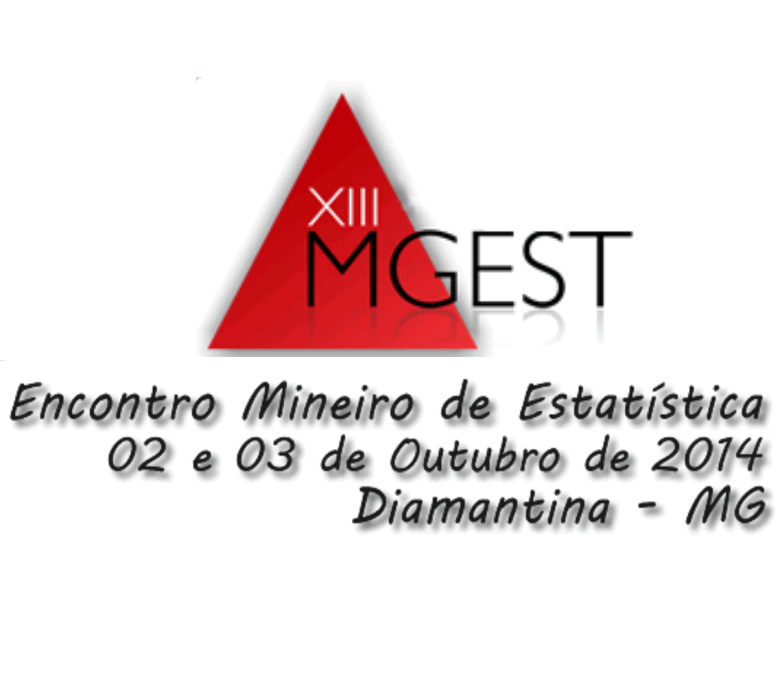Characterization of cases of human anti-rabies care in the city of Maringa PR
Keywords:
anti-rabies treatment, human rabies, MaringaAbstract
Among the microbial diseases of the nervous system, there is human rabies, a diseasecaused by a virus, which presents as main characteristic the CNS compromise in the form of encepha-
litis. Its transmission occurs by infected secretions, which reach the body through animal bite or open wound. The incubation period varies on average 45 days in the male and 10 days to 2 months in dogs
and transmission period in dogs and cats, the virus elimination by saliva is 2 to 5 days prior to the
onset of clinical signs, persisting for the entire course of the disease, and the death of the animal occurs,
on average, between 5-7 days after symptoms onset. In the city of Maringa, using a survey of cases of
human rabies carried out by the 15th Regional Health, a characterization of cases of human anti-rabies
consultations that took place in 2012 and will be evaluate possible associations between variables will
be presented: type of animal, injury, number of injuries and location of the injury. It was found that the
profiles of patients is predominantly male, white, with high school and live in the urban area of Maringa. ́
Still, we have to children (0-10 years) most affected are male. In adulthood, the situation is reversed, with
women the most affected. The most common accidents are the dog bites, with only superficial wounds,
with hands and feet parts of the body most affected.
References
BABBONI, S. D.; MODOLO, J. R. Raiva: origem, importância e aspectos históricos. UNOPAR Cient Ciênc Biol Saúde 2011;13(Esp), p. 349-56, 2011.
CARVALHO, W. O.; SOARES, D. F. P. P.; FRANCESCHI, V. C. S. Características do atendimento prestado pelo serviço de profilaxia de Raiva Humana na rede municipal de saúde de Maringá-Paraná´ no ano de 1997. Informe Epid. do SUS. v.11, p.25-35, 2002.
GOMES. A. P. et al. Raiva humana. Rev Bras Clin Med, 10(4), p. 121-129, 1998.
IPARDES - Instituto Paranaense de Desenvolvimento Econômico Social. CADERNO ESTATISTICO MUNICIPIO DE MARINGA 2013. Disponível em:http://www.ipardes.gov.br/cadernos/Montapdf.php?Municipio=87000>Acesso em 20 de julho de 2014.
R Core Team. R: A language and environment for statistical computing. R Foundation for Statistical Computing, Vienna, Austria. URL http://www.R-project.org/. 2013. Acesso em 20 julho. 2014.
SILVA, G. S.; SANTOS, I. F. N.; SOUSA, S. P. O.; NETO, O. B. S. Observatório Epidemiológico. Disponível em: <http://www.ceut.com.br/observatorio/edicao%2006.pdf >. Acesso em: 22 de julho de 2014.
MINISTÉRIO DA SAUDE. Secretaria de Vigilância à Saúde. Sistema de Informação de Agravos de Notificação - Sinan. Normas e Rotinas, 2012.
WADA, M. Y.; ROCHA, S. M.; MAIA-ELKHOURY, A. N. S. Situação da Raiva no Brasil, 2000 a 2009. Epidemiol. Serv. Saúde Brasília, v. 20, n. 4, dez., 2011.
Downloads
Published
How to Cite
Issue
Section
License
Proposta de Política para Periódicos de Acesso Livre
Autores que publicam nesta revista concordam com os seguintes termos:
- Autores mantém os direitos autorais e concedem à revista o direito de primeira publicação, com o trabalho simultaneamente licenciado sob a Licença Creative Commons Attribution que permite o compartilhamento do trabalho com reconhecimento da autoria e publicação inicial nesta revista.
- Autores têm autorização para assumir contratos adicionais separadamente, para distribuição não-exclusiva da versão do trabalho publicada nesta revista (ex.: publicar em repositório institucional ou como capítulo de livro), com reconhecimento de autoria e publicação inicial nesta revista.
- Autores têm permissão e são estimulados a publicar e distribuir seu trabalho online (ex.: em repositórios institucionais ou na sua página pessoal) a qualquer ponto antes ou durante o processo editorial, já que isso pode gerar alterações produtivas, bem como aumentar o impacto e a citação do trabalho publicado (Veja O Efeito do Acesso Livre).




